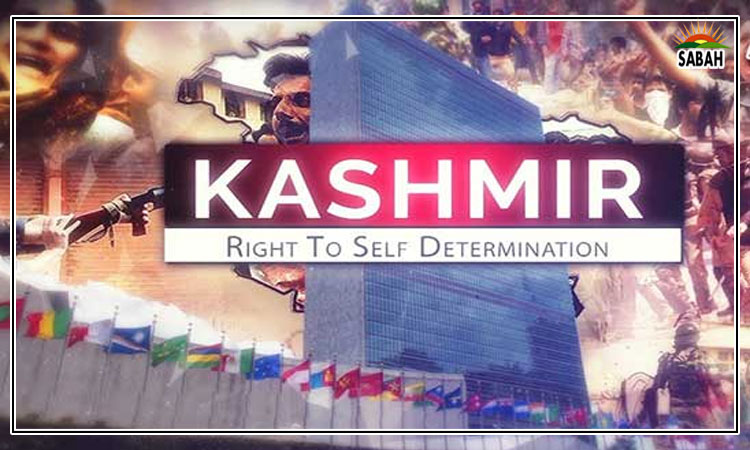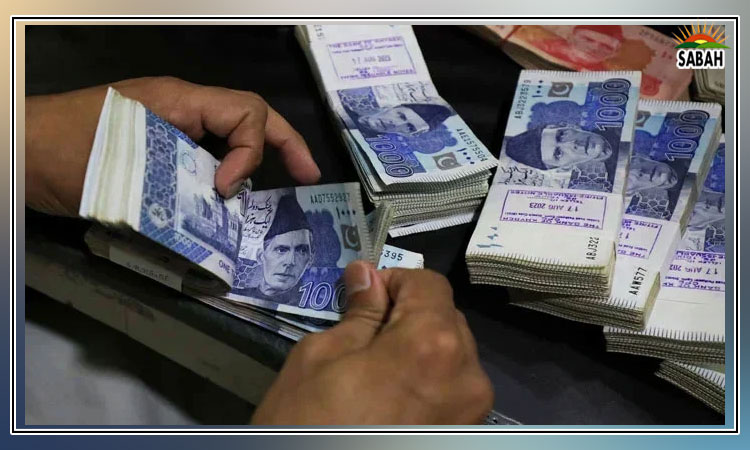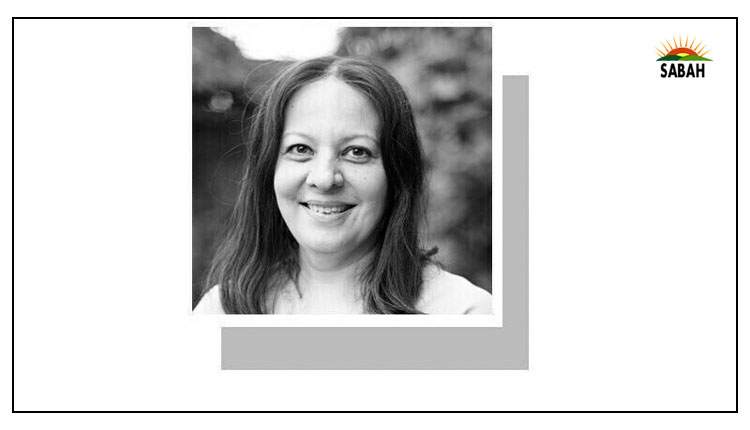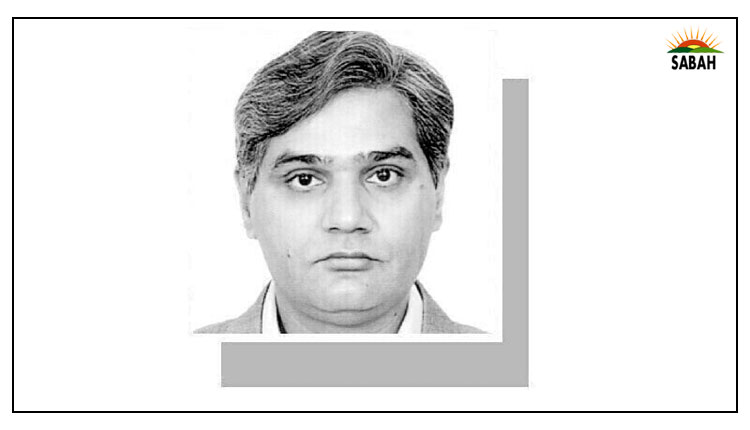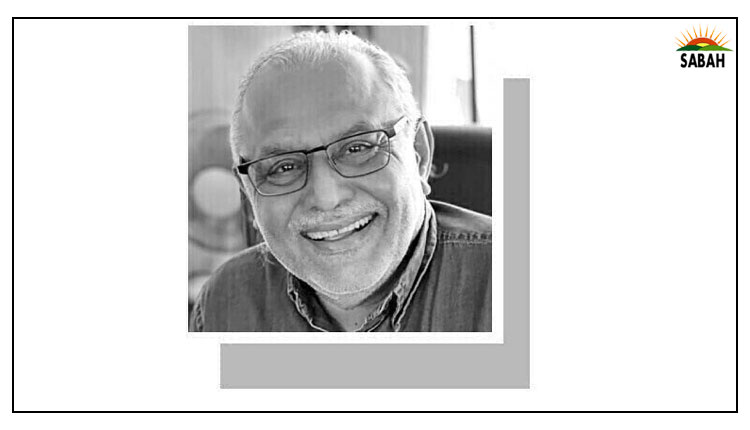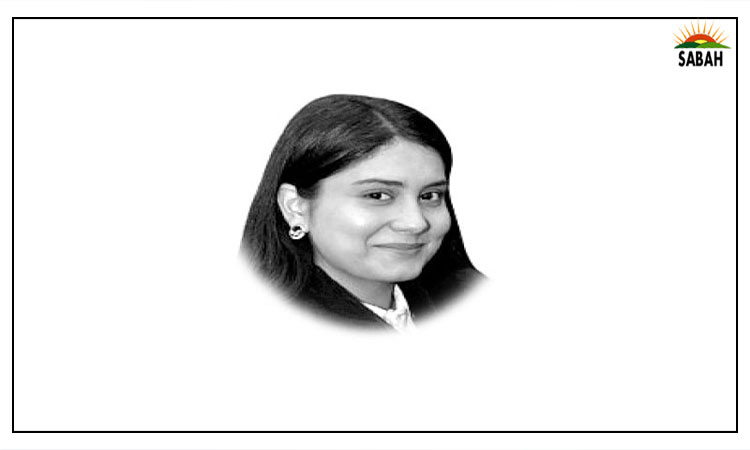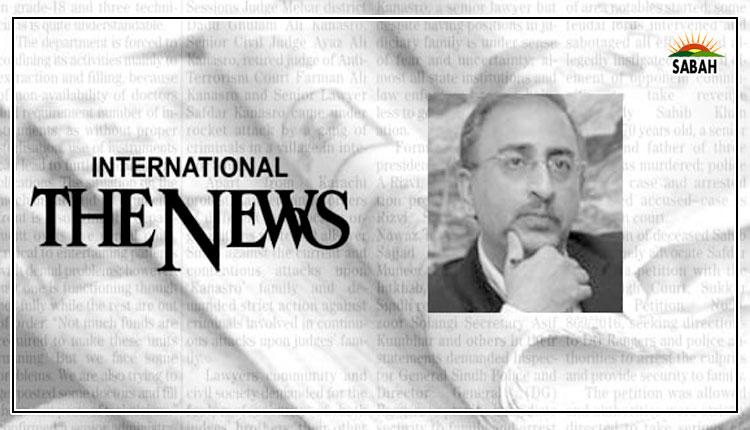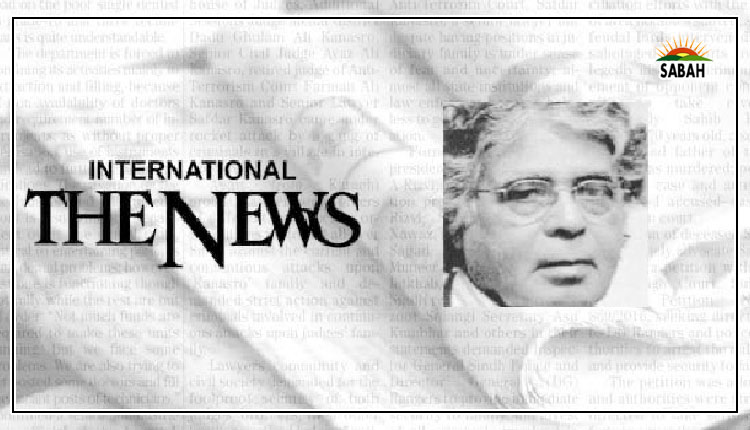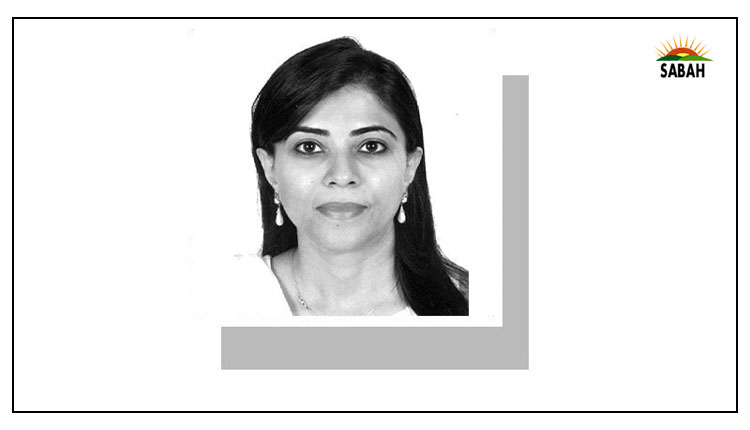The other story…Arifa Noor
ITS a new day in Karachi, where the PPP has been able to take over the governance of a city which for decades was seen to belong to others. The party has been able to have its own man elected mayor of Karachi, which has seen the Jamaat-i-Islami and MQM run the city during the Musharraf years and later.
The victory may be complete but it is about as untarnished as most electoral victories are in Pakistan, with allegations of rigging which began long before election day.
However, the controversy over how this election was managed is an old story one that we have been familiar with for decades in Karachi and elsewhere. And it is a story we will continue to witness for times to come. But there is another tale (or two) here too.
There is one about Karachi itself. Of a city which since the 1980s had been the domain of the MQM, a stronghold the party lost only when a force external to politics intervened, which happened in the 1990s as well as post 2008.
(For that matter, even its revival in the 2002 period can be seen as part of an external intervention.) Had it not been for this intervention, between the popularity of the ethnic party and its coercive control of the city, there was little chance of an election going any other way. It took the might of the state to break the hold the party had over the city.
It was once the hold was broken that the PPP began investing in the city, perhaps hopeful that the investment would yield results. Consider, for example, that the party had been promising public transport in Karachi for years but delivered only after 2018.
This long gap between the statements on the launch of public sector transport and its actual realisation can be linked to the possibility of an electoral fight on the ground, which wasnt much of a possibility when the MQM had a stranglehold on the city.
This is a story with a happy ending. If we end it here, that is. But then journalism is rarely ever about a happy ending.
There is another story, which begins right after this one ends. It is the story of the 18th Amendment. For it is worth asking why Karachi has to be politically competitive for the party running the provincial government to get the money it so desperately needs; and why the funds wont make their way to the city if the city chooses a rival party, even if the rival party is an ally.
This is not simply about the PPP and its choices but the unfinished business which began with the 18th Amendment and wasnt carried forward.
Power and resources were transferred to the provinces but no further. And in the absence of constitutionally protected local governments and provincial financial awards, the provincial governments have become centralised fiefdoms in themselves, which are averse to sharing money with others and are under no legal pressure to do so.
Hence with an ethnically divided mandate, as in Karachis case, it appears as if the people of the city need to vote not on the basis of preference but tactically to secure funds.
But why end the story even here? Looking beyond Karachi, the PPP is now set to win the province over for the fourth time, come next election (whenever they do come, for if there is anything more unpredictable than the weather in Pakistan, its the election). No one suggests otherwise, despite the incumbency factor, the record inflation and the floods.
But while inflation has affected parties such as the PML-N, no one seems to think that the PPP has suffered from either the high prices or the devastation caused by the rains in Sindh, although it has ruled the province non-stop since 2008. It is worth wondering about.
While I dont have an explanation for this, it is worth pointing out that this may not be limited to Sindh. After all, had the PML-N not run into trouble with the establishment during its 2013-2018 term, it may just have been able to continue winning Punjab.
Similarly, the PTIs domination of KP would be taken for granted, as it had been, had Imran Khan not run into trouble with the powers that be because of the ISI appointment issue in 2021; then there was the vote of no-confidence in 2022 followed by May 9 this year (his list is rather lengthy).
The point is that the political arena has changed post 2008. On the one hand, there is the party vote which is growing and consolidating, allowing the party to become stronger at the expense of the electables. This is one explanation of the parties becoming entrenched but its not sufficient. More is at work.
The parties have been able to consolidate their hold over the provinces in a way where their contenders are not able to pose a serious challenge to them. Why else would it be assumed that a fair election in 2018 would have returned the PTI to KP, the PML-N to Punjab and PPP to Sindh?
To add details, consider that in 2018 there was a momentary fear the PPP would lose Sindh and it was due to rumours about what certain officials were up to, meeting politicians in the province and making claims about what would follow the elections.
And if none of this came to fruition it would also be due to the change in their plans more than anything else a change, which allegedly followed an agreement of sorts between PPP and the officials which seems to be holding thus far. And because this external factor or threat has been removed, the party remains confident in the province.
But while we are rather clear about this external factor, how it works and why, little attention is paid to this consolidation in which parties have become entrenched to the point of election results simply repeating themselves with little change. And how did this happen? And has anyone paid attention?
Courtesy Dawn


